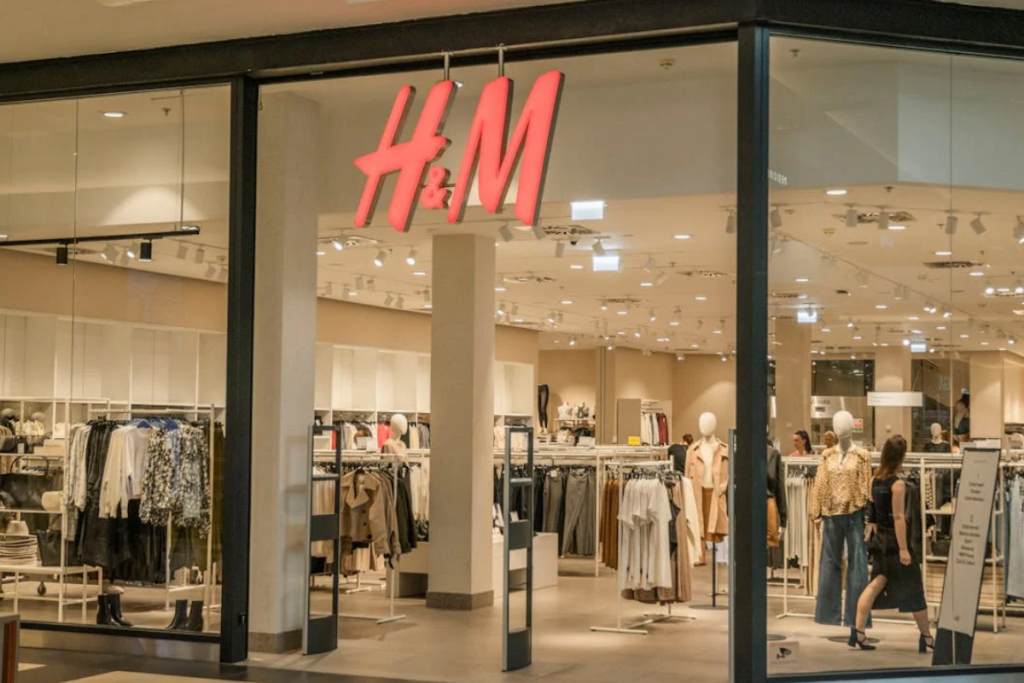H&M Group has deepened its commitment to sustainable sourcing by signing a multi-year deal with Swedish company Circulose, aiming to replace a significant share of virgin fibers with recycled materials in its collections. This marks a turning point as circular materials move from niche innovation to core supply chain strategy.
Moving Beyond Pilots to Embrace Circular Materials
H&M is deepening its partnership with Circulose, a company that turns discarded textiles into new fabric fibers. Since first introducing Circulose materials in 2020, H&M is now committing to use these recycled fibers on a much larger scale across its collections. This deal will help Circulose increase production at its factory in Sweden, while allowing H&M to reduce its reliance on traditional fibers that come from raw resources.
This move signals a broader shift in procurement priorities, where sustainability goals are driving tangible changes in supplier collaboration and material choices. H&M’s leaders emphasize that flexibility in supply chains, combined with close supplier teamwork, is essential to deliver on the brand’s purpose of affordable, sustainable fashion.
Sourcing Strategies Adapt to Sustainable Goals
Circulose’s process transforms 100% textile waste into dissolving pulp that can be made into fibers like viscose and lyocell, materials used widely across fashion supply chains. This recycling method enables a full production cycle from waste to finished garments without sacrificing quality.
For procurement, adopting Circulose means integrating next-generation materials without the trade-offs often associated with early-stage innovations. The partnership includes a new licensing and pricing approach designed to ease adoption and scale production, reflecting a commercial strategy aligned with growing industry and regulatory demands for circularity.
H&M has set a goal of using only recycled or sustainably sourced materials by 2030, and deals like this are key to reaching that target. Executives see this partnership as a crucial step to meet those ambitions while preparing for increasing consumer and regulatory expectations around environmental impact.
Beyond Compliance: The Real Test for Circular Sourcing
While partnerships like H&M and Circulose showcase progress, the deeper challenge lies in embedding circular materials into complex, global supply chains without compromising agility or cost-effectiveness. Scaling recycled fibers requires more than volume commitments, it demands a rethink of inventory strategies, supplier incentives, and risk management frameworks.
As regulatory pressure mounts worldwide, companies that focus solely on ticking sustainability boxes may overlook how these shifts reshape competitive dynamics and supplier ecosystems. Companies who anticipate and adapt to these structural changes will turn circular sourcing from a compliance-driven task into a source of strategic advantage and supply chain resilience.



